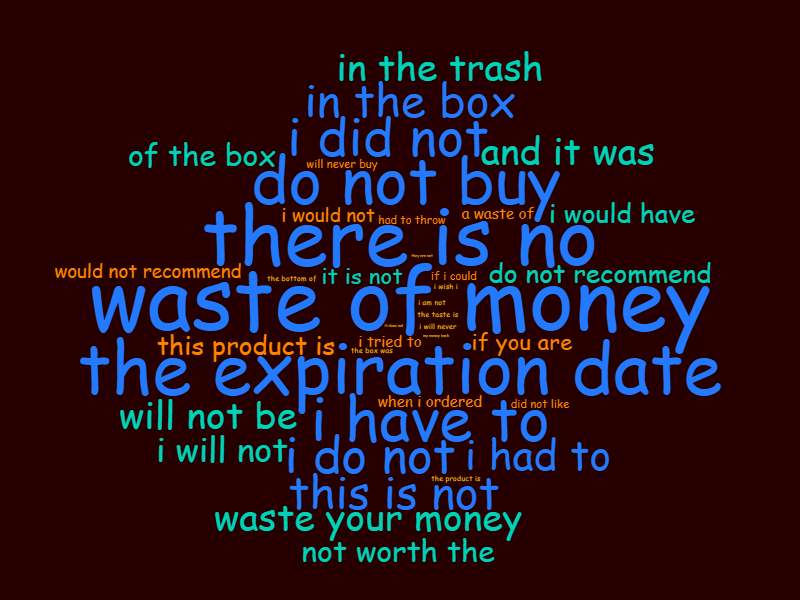

Part 3 in our “3P effect” series
There’s been a lot of news recently about bad 3P seller experiences: i.e., counterfeit products, old or outdated items, even trash-picked items being sold on Amazon. The media have cited some rather egregious examples:
- The waffle maker with a dried up crusty waffle inside
- The repackaged box of dirty diapers
- The case of curdled creamer and other expired food items
One might expect this has a negative impact on reviews for your brand, but in reality, it’s not as bad as you think.
Profitero dug into the data, conducting research to determine if negative reviews are more likely to link back to 3P sellers. The answer is NO. Brands are getting as many negative reviews when they sell their own products on Amazon (1P) as when 3P sellers sell their products.
The 117 brands we studied on Amazon.com in the U.S. had, on average, 14% of negative reviews left on 1P products, and 13% negative reviews on 3P exclusive products for their own brand (i.e., variants or pack sizes not sold on Amazon 1P). We found similar results on Amazon in the U.K.
It pays to address negative reviews, and fast
So, does this mean you should just forget about tracking and dealing with negative reviews? Absolutely not! One of the worst things you can do is ignore them. Studies have found that even one negative review can outweigh the benefit of many positive reviews, in some cases deterring anywhere from 22-70% of customers. It’s in our human nature to avoid any kind of risk, where we can.
The severity of bad reviews on a brand is massive — regardless of where they originate: 1P or 3P. If not quickly addressed, they can result in lost sales or worse.
Here are a handful of 3-word phrases we found that dominated the negative reviews we studied. (There are more in the word cloud below.)
- “waste of money”
- “the expiration date”
- “do not buy”
- “in the trash”
- “do not recommend”
Clearly, phrases that reflect negative sentiments you want to avoid being associated with your products and brand.

Implications for brands
So what can brands do?
- Understand that reviews matter. Reviews have a huge impact when shopping online AND offline in stores. Almost all shoppers (97%) read reviews and 89% consider them an essential resource when making purchase decisions, according to PowerReviews research. Many shoppers won’t make a purchase without them: 70% won’t buy a product online and 39% won’t buy one in a brick-and-mortar store without first reading reviews. For more on managing ratings & reviews, download our guide.
- Pay attention to the details. It’s important for brands to routinely track reviews, so appropriate parties (e.g., consumer response team, brand managers, etc.) can promptly handle and manage any negative reviews before they balloon into bigger issues (or PR nightmare). One client told us that they track all ratings & reviews on a daily basis across all retailer websites to identify those with 3 stars or less. This then enables the consumer response team to immediately connect with any consumer having a negative experience with their products, troubleshoot the problem, and ultimately turn it around into a positive experience.
- Deploy an automated solution. Searching for the proverbial needle in a haystack (a bad review) reinforces the need for an automated solution that can easily detect when a bad review hits your product page. An app like Profitero not only catches bad reviews as they happen, but also sends near real-time alerts so you can manage them and take the required action as they come up.
- Separate out “product” from “merchant” reviews. Brands can work with Amazon to remove negative ratings & reviews that are actually related to the seller, and not the product itself. Consumer concerns about order accuracy, delivery time, etc. are out-of-bounds for product reviews, and Amazon will generally remove such reviews associated with merchant ratings if you flag them.
Request a demo to find out more about Profitero’s digital shelf analytics, including how we help suppliers manage the challenges of 3P and negative reviews on Amazon.


























